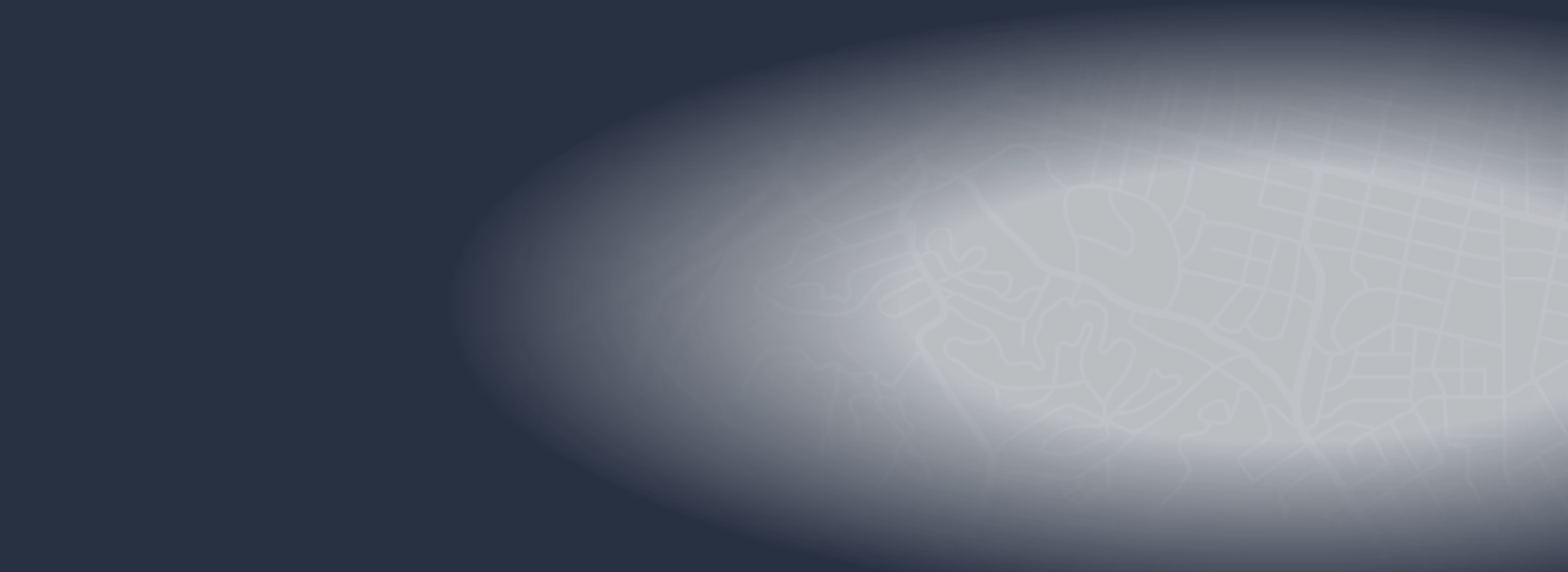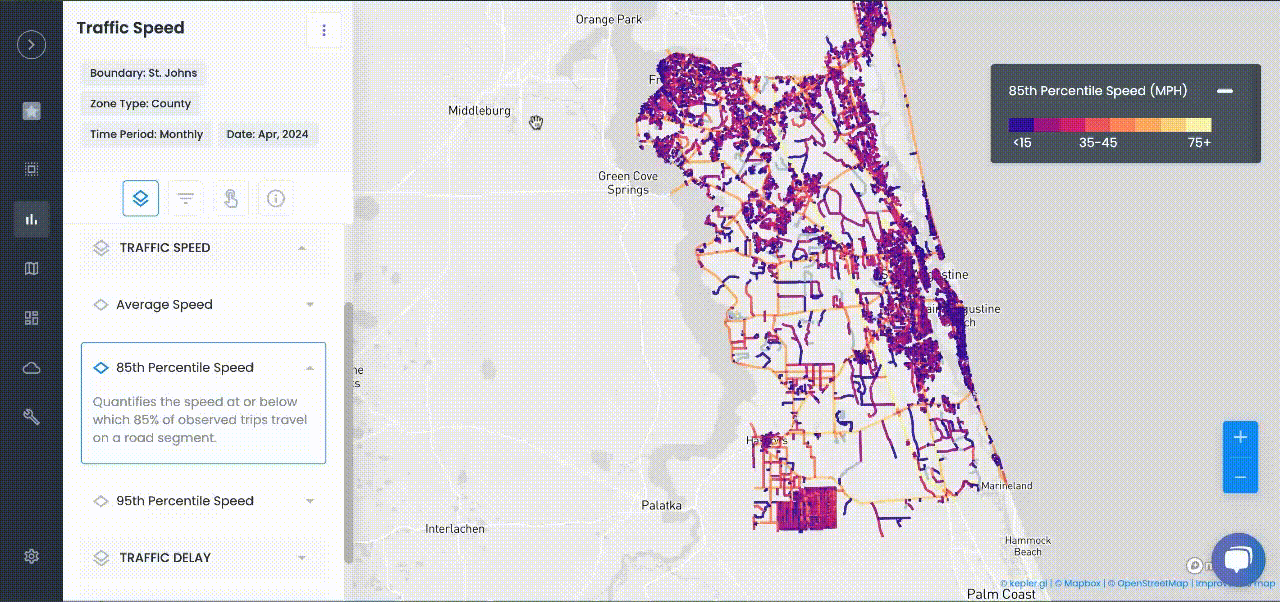
Customer Stories
See how public sector leaders succeed with Urban SDK.

Road Safety
City of Kirkwood Taps Urban SDK to Help With Road Safety
Kirkwood continues road safety initiatives in partnering with Urban SDK

Traffic Calming
Athens-Clarke County Enhances Traffic Calming Initiatives
The county joins a growing number of Georgia customers using Urban SDK's platform

Traffic Calming
City of Henderson Tracks Speeding with Urban SDK
Henderson becomes the first Nevada organization to leverage Urban SDK's platform.

Road Safety
City of Folsom, CA Launches New Traffic Safety Tool
Folsom officials will use Urban SDK to enhance traffic safety and hotspot identification.

Traffic Calming
Addressing Public Speeding Concerns in the City of Gastonia
Officials will use Urban SDK to help address road safety in the community.

Road Safety
East Hempfield Modernizes Traffic Safety
Officials will leverage Urban SDK to expedite community complaint responses

Traffic Calming
City of Shafter, CA Advances Traffic Calming Program
Shafter officials will leverage Urban SDK to support safer and more efficient roadways

Road Safety
City of Haverhill Automates Speeding and Safety Complaints
The partnership expands Urban SDK's burgeoning New England presence

Traffic Calming
Independence, MO Improves Road Safety
Officials will use Urban SDK to address speeding concerns throughout their community

Traffic Calming
Erie, CO to Enhance Traffic Calming Measures
Urban SDK and the Town of Erie, Colorado partner to ensure the efficiency of traffic calming measures.

Road Safety
Hendry County Uses Urban SDK to Enhance Traffic Safety
Hendry joins 50+ Florida organizations utilizing Urban SDK's platform

Road Safety
Battle Creek Partners with Urban SDK to Improve Road Safety
Officials will use Urban SDK to address speeding concerns in the community

Traffic Calming
City of Napa Partners with Urban SDK
Officials will leverage Urban SDK speed data to address speeding in the region.

Traffic Calming
Urban SDK Helps Rocky River Streamline Traffic Safety Efforts
Officials will leverage Urban SDK to address and validate public speeding concerns.

Road Safety
City of Marlborough Teams with Urban SDK to Address Speeding
Marlborough joins a growing list of Bay State cities using Urban SDK for traffic safety.
WEBINAR
Identify speeding and proactively enforce issues
See just how quick and easy it is to identify speeding, address complaints, and deploy officers.
